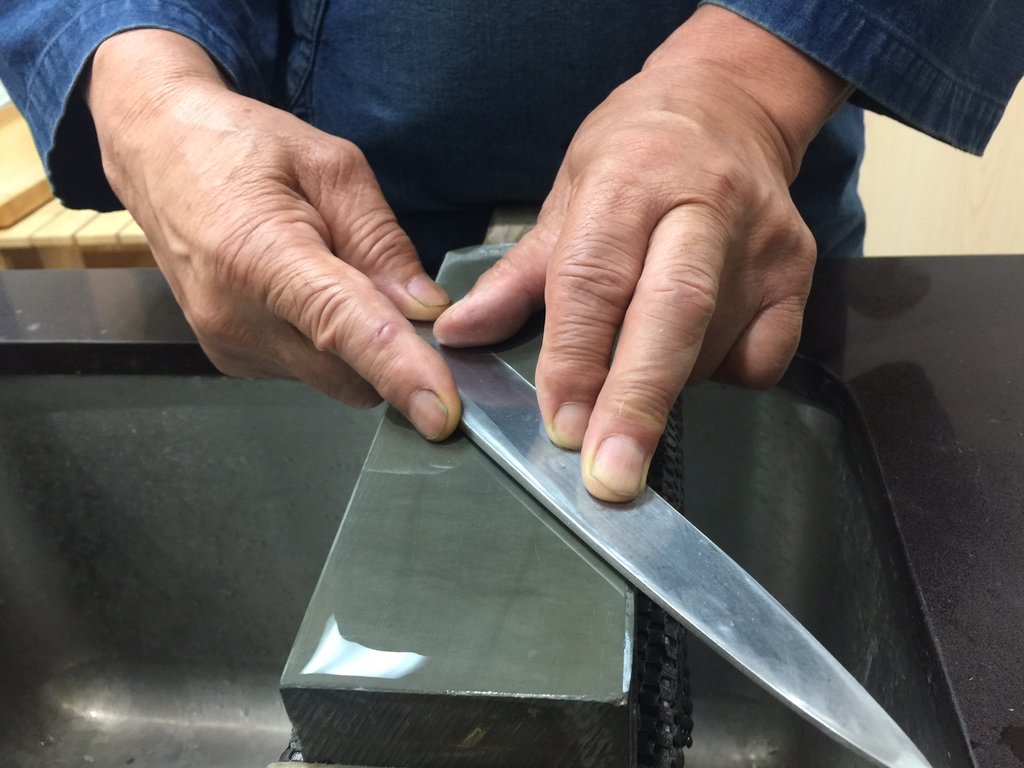
Rubbing objects into the skin – this type of self-harm involves the rubbing of sharp objects, such as glass, into the skin.Burning as a way of self-injury was seen in 12.9% of students who self-harmed.
 Burning – burning skin is a way of self-mutilation.
Burning – burning skin is a way of self-mutilation. 
This method of self-harm was used by 13.5% of respondents.

In this case, a person purposefully hampers the healing of wounds.
Interfering with healing – this way of self-mutilation is often in combination with other types of self-harm. This method of self-mutilation was identified by just under 15% of those who self-harm. Carving – this way of self-harm is when a person carves words or symbols into the skin. This type of self-injury was seen in just under 16% of those who admitted to self-harming behaviors. Ripped skin – this way of self-mutilation includes ripping or tearing skin. This way to self-injure was seen in almost 25% of the students who reported self-harming behaviors. Impact with oneself – this self-injury method includes banging or punching oneself to the point of bruising or bleeding. Cutting – while cutting is often considered synonymous with self-harm, this way of self-mutilation only occurred in just over 1-in-3 students who reported self-harming. This way to self-harm was seen in just over 37% of the self-harming students. Impact with objects – this self-harming behavior included banging or punching objects to the point of bruising or bleeding. This method of self-injury was seen in more than half of all students who reported participating in self-harm. Scratching or pinching – this behavior included severely scratching or pinching with fingernails or objects to the point that bleeding occurred or marks remained on the skin. According to that study, the ten most common ways to self-harm were: 1 Seventeen percent of the respondents reported self-injurious behavior. 
Top Ten Ways to Self-Harm, Self-InjureĪ study published in 2006, Self-injurious Behaviors in a College Population, by Whitlock et al., looked at the self-injurious behavior of over 2800 college students. Ways to self-injure are most-commonly inflicted on the arms, hands and wrists of the individual but other body parts, such as the thighs or the stomach, are also commonly reported as self-mutilation sites.Įating disorders and addiction behaviors are not typically considered methods of self-harm, but in some cases, they may be if the intent of their use is specifically to cause harm to the body. Self-harm includes the stereotypical cutting of oneself but also goes far beyond that to any action a person can use to purposefully harm oneself. Self-harm, also known as self-injury or self-mutilation, is a coping mechanism used by a surprising number of people.








 0 kommentar(er)
0 kommentar(er)
